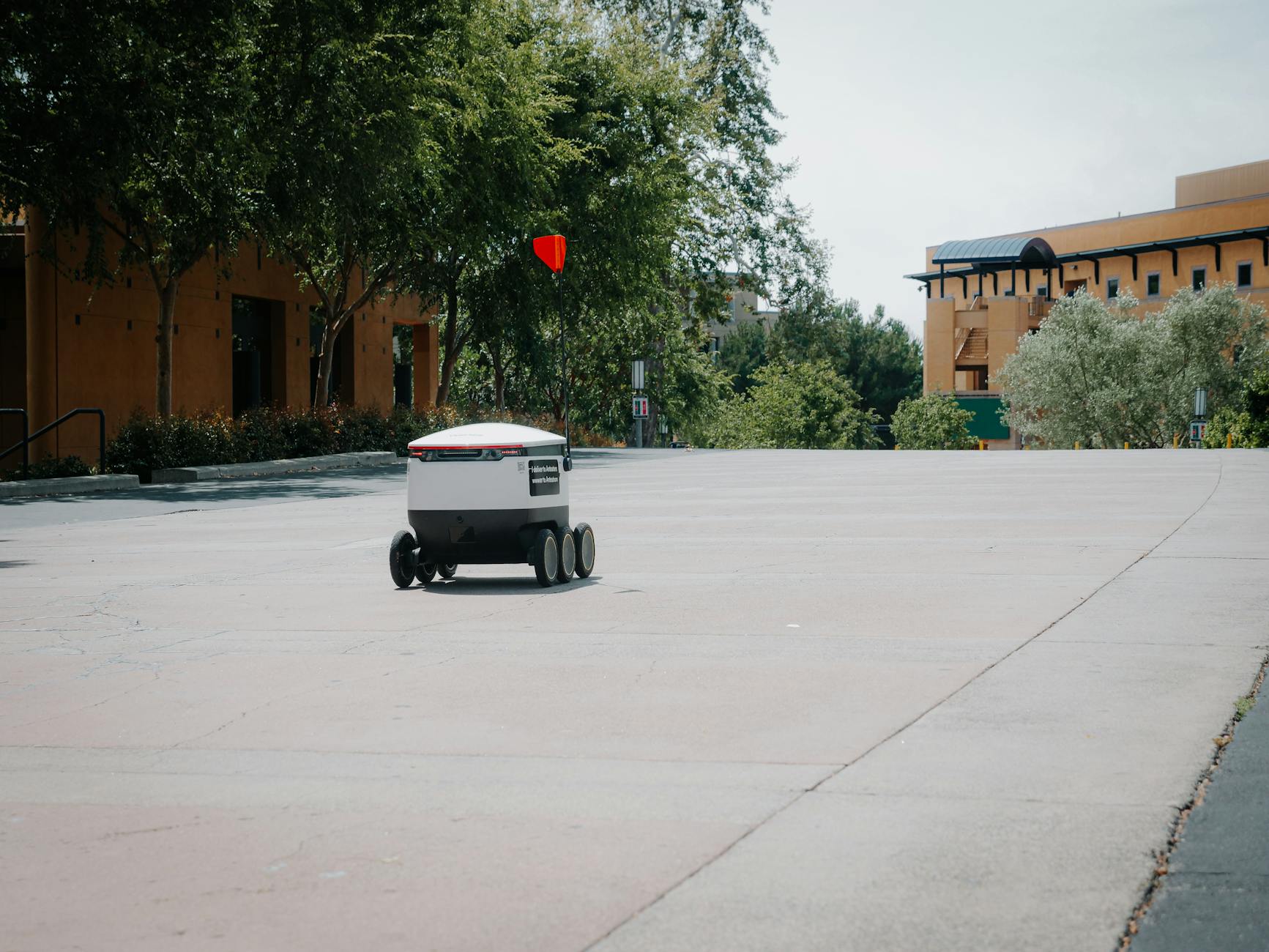It appears the National Highway Traffic Safety Administration (NHTSA) has finally decided to stop applying the brakes so hard on autonomous driving innovations. Their latest move? Streamlining the Part 555 exemption process for vehicles ditching the typical human controls like steering wheels and pedals. Now automakers can breathe a tad easier, but only if they can prove their wheel-less wonders are as safe as their conventional counterparts.
Now, while the NHTSA tries to lessen the red tape on the road to autonomous vehicles, it's crucial not to overlook the broader economic implications. Let's consider the manufacturers first. For them, this expedited process might just be the green light they need to push their innovative pedals to the metal. Fewer bottlenecks in obtaining exemptions mean quicker deployment of autonomous vehicles, which could translate into sizable cost savings on R&D cycles and quicker times to market. Yet, automakers must balance the accelerator and brake pedal meticulously; proving safety equivalence without standard controls is no stroll in a driverless park.
Then there's the potential domino effect on the job market. Simplifying the Part 555 exemption process could foster new tech and manufacturing jobs, focusing on AI, robotics, and cybersecurity. However, like every coin that lands on its side, there's a thin line-jobs in traditional vehicle manufacturing and driving professions might see a shift or decline as automation takes the wheel. According to TechCrunch, operations like Waymo are pushing forward despite their services costing more than traditional ride-hailing options. That's not just change under the couch cushions; it's indicative of where consumers might value safety and innovation over cost.
For consumers, faster adoption of autonomous vehicles could mean safer, more efficient travel options. If autonomous vehicles can indeed be proven safer in the long run, we could witness a reduction in traffic-related fatalities and injuries, not to mention potentially lower insurance premiums attributed to fewer accidents.
However, let's not get too lost in this utopian vision of the future just yet. The road is long, and the regulatory signs are still being installed. The NHTSA's streamlined approach is a significant step, no doubt, but it's just part of a much larger, complex ecosystem involving public perception, legal frameworks, technological reliability, and ethical considerations.
In conclusion, as we navigate through these changes, the economic, social, and regulatory landscapes will likely shift, sometimes unpredictably. Whether this will lead to a widespread adoption of autonomous vehicles or if it'll veer off into unexpected detours remains to be seen. But one thing's for sure - it's going to be quite the ride, and hopefully, one where we can keep our eyes off the road.



